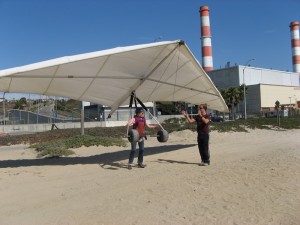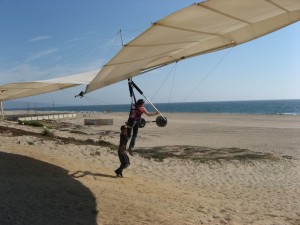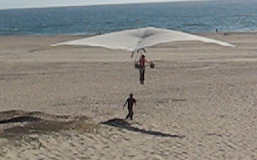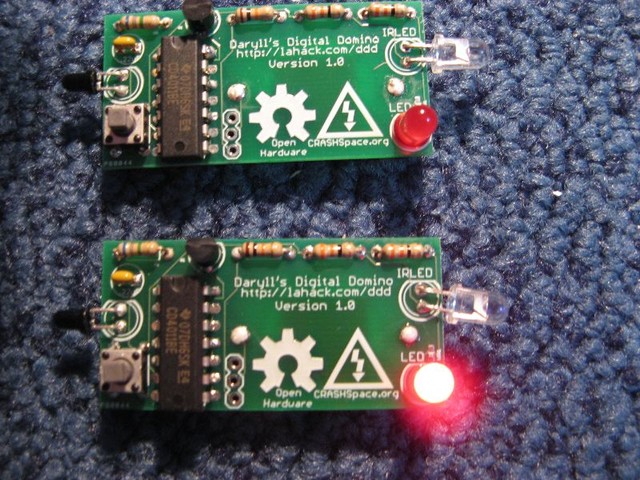Program or be programmed
September 18th, 2012 at 11:03 pm (Books, Computers, Society, Technology)
 I read Douglas Rushkoff’s book, Program or Be Programmed with a mixture of fascination and criticism. I didn’t agree with every argument (e.g., that computer networks have no notion of time; many internet protocols use timestamps to ensure reliable communication), but each chapter gave me something to wrestle with mentally, and the book as a whole made me see various aspects of my life (interacting with technology) in a new light. Rushkoff’s thesis takes a historical view of how new technology penetrates society gradually, and those who develop the ability to manipulate and create, rather than just to use and consume, are the ones in control. Arguing from examples based on the development of writing, print, and electronic media, he notes that for us today, it’s the ability to program that gives us control over the new technological world, and that (somewhat chillingly) willful or accidental ignorance about the motives of Those Who Program may cause you to execute their Program without even knowing it.
I read Douglas Rushkoff’s book, Program or Be Programmed with a mixture of fascination and criticism. I didn’t agree with every argument (e.g., that computer networks have no notion of time; many internet protocols use timestamps to ensure reliable communication), but each chapter gave me something to wrestle with mentally, and the book as a whole made me see various aspects of my life (interacting with technology) in a new light. Rushkoff’s thesis takes a historical view of how new technology penetrates society gradually, and those who develop the ability to manipulate and create, rather than just to use and consume, are the ones in control. Arguing from examples based on the development of writing, print, and electronic media, he notes that for us today, it’s the ability to program that gives us control over the new technological world, and that (somewhat chillingly) willful or accidental ignorance about the motives of Those Who Program may cause you to execute their Program without even knowing it.
This great, short video lets Rushkoff summarize his points in two minutes flat:
I am already a “programmer,” in that I have programming skills, but even so I consume most of what’s on the net as a user, rather than getting out there and being actively involved myself. Programming is what I do at work. On the other hand, I’ll never forget the thrill I experienced when I first contributed to an Open Source project. My art, my creation, uploaded into the ether after building on, complementing, and extending the work of complete strangers! And who knew where others might take it! It was like Free Love, but in C.
But after reading his book, I couldn’t help but think a while about what built-in biases about how various technologies work are shaping my own thoughts, habits, and ability to create.
This point, however, is the tenth of his 10 commandments. The earlier ones have value too; it never hurts to get another reminder of the value of not always being “on”/”connected,” and of being present in the here and the now.



 The element of our assigned reading that struck me most was the open portrayal of Library and Information Science (LIS) as a field with something of an identity crisis. There’s an ongoing debate about whether it’s all about libraries, “librarianship”, service, and education, or whether it’s more about information, technology, and data, perhaps prioritizing knowledge over people. Information technology obviously is a major help in providing services to library patrons, which is where the line gets blurred. But how much of this can be said to be “science”? How much of it needs to be? How much should LIS “compete” with fields like “computer science and business administration”?
The element of our assigned reading that struck me most was the open portrayal of Library and Information Science (LIS) as a field with something of an identity crisis. There’s an ongoing debate about whether it’s all about libraries, “librarianship”, service, and education, or whether it’s more about information, technology, and data, perhaps prioritizing knowledge over people. Information technology obviously is a major help in providing services to library patrons, which is where the line gets blurred. But how much of this can be said to be “science”? How much of it needs to be? How much should LIS “compete” with fields like “computer science and business administration”?


